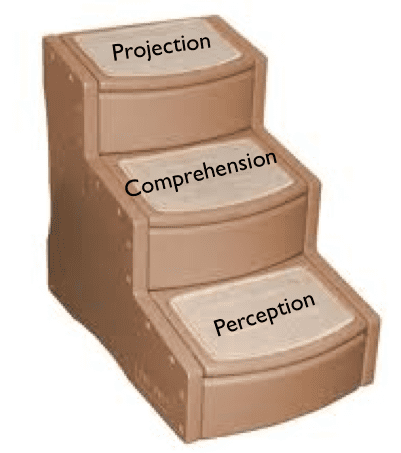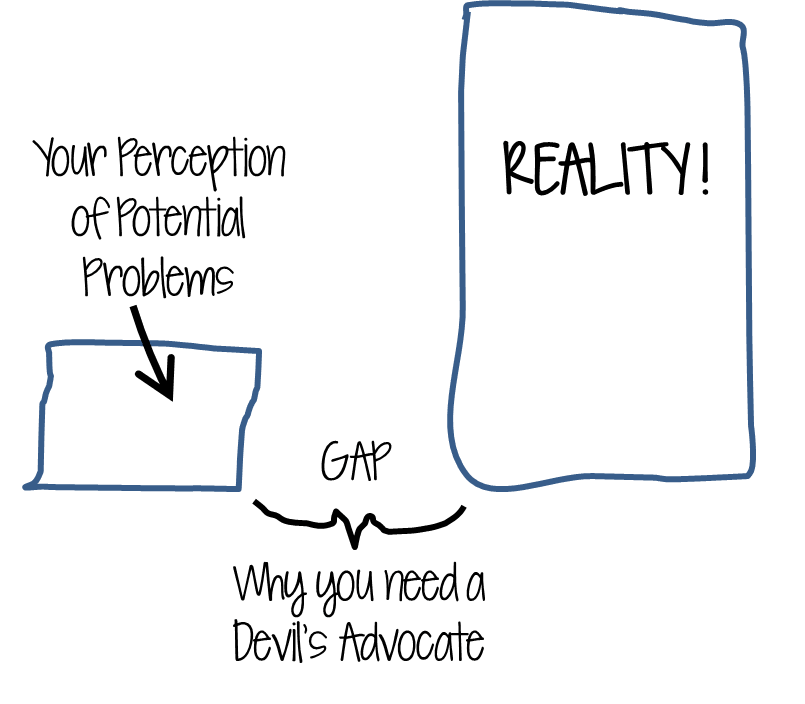Complex Communications
We have many traits that make us uniquely human. Among them is our ability to engage in complex communications. We can look at black ink squiggled on a piece of bleached paper and derive meaning from those symbols. We call that skill reading comprehension. And we can listen to and comprehend the meaning of more […]
Complex Communications Read More »










